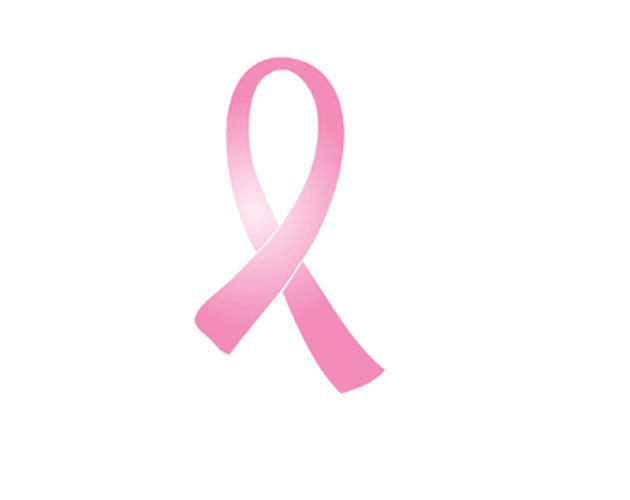Mammograms may put some women at higher risk for breast cancer

A new report finds that having a mammogram before the age of 30 may put women at greater risk for the disease, particularly if breast cancer runs in their family and they carry the BRCA1 or BRCA2 mutations.
The report was compiled by Flora E. van Leeuwen of the Netherlands Cancer Institute in Amsterdam, and analyzed data from three nationwide studies in Europe.
Researchers looked at 1,993 adult women who had found the mutation present through genetic testing. They were recruited into the project through studies taking place in France, the U.K and the Netherlands from 2006 to 2009. From the entire group, 65 per cent carried BRCA1 and 35 per cent carried BRCA2.
The study found that those exposed to chest radiation before 30, who did have the genetic mutation present, faced a startling 90 per cent higher risk for breast cancer.
This means that if every carrier of the mutation had a mammogram before age 30, women who went on to develop breast cancer by age 40 would jump from nine to 14 for every 100.
“The results support the use of non-ionizing radiation imaging techniques (such as MRI) for surveillance in young with BRCA1/2 mutations,” researchers wrote in the report.
The mutations weaken the body’s ability to repair the double strand breaks in DNA that ionizing radiation causes.
The women in the study self-reported any exposure in their lifetime to fluoroscopy, conventional x-rays or CT scans of the chest or shoulders, mammography, and other diagnostic procedures like bone scans involving the chest or shoulders.
Their risk rose as their doses of radiation accumulated, with those exposed to more than 0.0174 Gy seeing their risk increase to 3.84 times more than those with less radiation exposure.
Exposure to the lower dose of 0.0066 Gy by age 20 saw similar effects, with those women seeing a 3.16 fold increase in risk for breast cancer.
Almost half the women in the study had a radiograph at some point, with an average of 2.5 per person by the age of 40.
More than four chest or shoulder x-rays before age 30 boosted their hazard ratio to 1.83, and to 2.04 from ages 30 to 39.
The researchers noted that their use of self-reported radiation exposure may have introduced a recall bias, and that follow up may not have been long enough to see a risk from radiation exposure from age 30 to 40. Radiation doses also vary between hospitals and machines, which may have had an impact on the cumulative dose estimates.
It is recommended that BRCA mutation carriers get a yearly MRI screening.
Sources: Medpage Today, ABC News
READ MORE
More mammograms, more false positives
Top breast cancer myths debunked
The Zoomer Report: Mammography Latest
Blood test for breast cancer